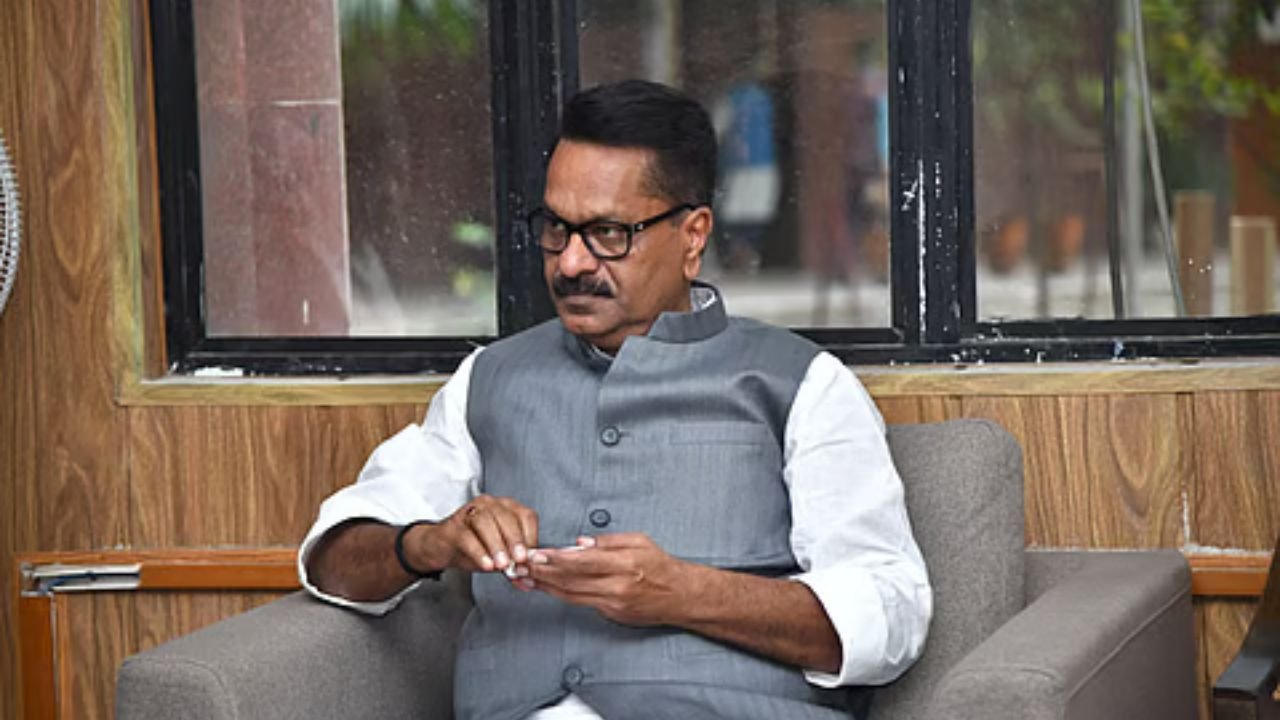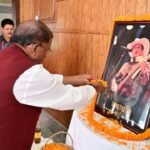Assam: As the results of the Bihar Assembly elections were announced, the nation was abuzz with the NDA’s landslide victory, but a post by Assam’s Health and Irrigation Minister, Ashok Singhal, suddenly heated up the political atmosphere. On Friday afternoon, Singhal shared a photo on Twitter (formerly Twitter) showing a lush cabbage field with the caption, “Bihar approves cabbage farming.” At first glance, the post seemed innocuous, but it soon began to be linked to the horrific Bhagalpur massacre of 1989. Indeed, many Muslims killed in that violence were buried in fields, with cabbage plants planted on top to conceal the killings. Given this historical connection, several organizations and civil society groups strongly criticized the post, calling it a communal signal and a “coded incitement.”
Bihar approves Gobi farming ✅ pic.twitter.com/SubrTQ0Mu5
— Ashok Singhal (@TheAshokSinghal) November 14, 2025
The 1989 Bhagalpur Massacre: The Dark History of the Cabbage Symbol
The phrase “cabbage farming” is no mere joke or light-hearted phrase. More than 1,000 Muslims were killed in the 1989 Bhagalpur riots, while several reports put the number at 2,000. The most horrific revelation was in Logain village, where police recovered the bodies of 116 Muslims from mass graves. Cabbage cultivation had been planted on those graves to conceal the crime. This is why the term resonates with a deeply horrifying memory. Human rights organizations described Singhal’s post as a “glorification of violence” and a “communal signal.” Diaspora in Action for Human Rights and Democracy wrote that “cabbage cultivation” is used as a coded signal against Muslims in today’s digital politics—and its use to celebrate an electoral victory is deeply offensive.
The use of “gobi farming” imagery by a sitting Cabinet Minister of Assam in the wake of the Bihar election results marks a shocking new low in political discourse. It is both vulgar and shameful.
The image is widely associated with the Logain massacre of 1989, where 116 Muslims…
— Gaurav Gogoi (@GauravGogoiAsm) November 15, 2025
Outrage and sharp reactions in political circles
Anger over Singhal’s post was evident among many political parties and leaders. Congress MP Gaurav Gogoi called it “disgusting and shameful,” saying that the use of such language by a minister holding a constitutional position was a sign of the decline in the standards of democratic politics. Dr. Mohammad Javed, Congress MP from Kishanganj, Bihar, called it an example of “BJP/RSS’s anti-Muslim politics.” Senior lawyer Sanjay Hegde called it “incitement to violence,” saying such a statement was an insult to the Constitutional oath. Social media also saw widespread outrage. Many users questioned whether such a callous post could truly be part of the “cultural outreach” Singhal had mentioned in a subsequent post. Trinamool Congress MP Saket Gokhale wrote that this was not a “fringe element,” but a ruling minister—and this is what makes the situation even more serious.
This is incitement to communal slaughter. You sir do not speak for me or for most Indians. You are violating your constitutional oaths and are unworthy of the high office you hold. https://t.co/DEW0RHmS7B
— SANJAY HEGDE (@sanjayuvacha) November 15, 2025
Strong opposition, but the post remains—what is the political message?
Despite strong criticism, Ashok Singhal neither removed nor altered the post. According to analysts, even if the post is presented as a joke or in the guise of electioneering, the message is socially highly sensitive and divisive. Many leaders who believe in secular and democratic values have stated that celebrating an election victory with symbols reminiscent of such a tragedy violates democratic norms. Senior leader Shashi Tharoor also unequivocally condemned it, stating that neither Hinduism nor Indian nationalism supports such violence. Overall, this entire controversy is a reminder that words and symbols have a profound impact in the digital age, and the responsibility of those in power is greater than ever before.







